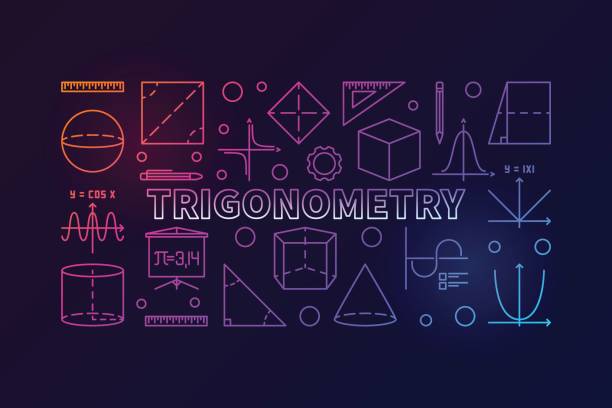Whether it is art, architecture, or science, one cannot do away with lines or geometry so easily. Even in abstract art, say Jackson Pollock’s drip-technique masterpieces, one may still see a semblance of incidental geometry. Each line, each angle, and each shape has a unique purpose, which affects the composition as a whole. The study of lines, their lengths & ratios, and angles forms the core principle of trigonometry. Trigonometry isn’t simply limited to physicists, aeronautical scientists, and engineers, but its importance seeps into the realm of architecture as well.
Who Invented Trigonometry?
It will be extremely hard to pinpoint when trigonometry came into existence. Ancient Egyptians and Babylonians all worked on ‘similar triangles’. Since the concept of angles came in much later, they were restricted to studying the lengths and their ratios, even if it involved the celestial sphere (an abstract sphere with arbitrary radius). Soon, the Hellenistic mathematicians conjured up a way to calculate angles and examine their relationships with distance and sides.
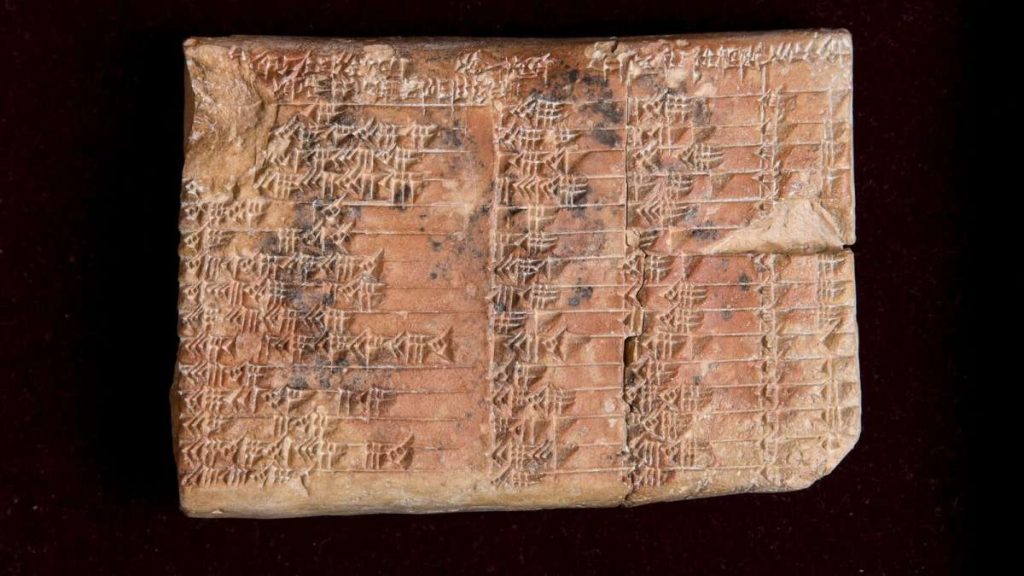
Courtesy – UNSW
One amongst those was Hipparchus or Hipparchus of Nicaea. He was the one who invented trigonometry table in the 2nd century BC, and hence is generally considered the father of trigonometry. Due to his extreme contribution to the field, Hipparchus and trigonometry are indistinguishable. The following brief biography of Hipparchus will chronicle prominent facts about Hipparchus.
Hipparchus Biography
Hipparchus was an ancient Greek (Hellenistic) mathematician and astronomer who was born around 190 BCE in Nicaea, Bithynia (present-day Iznik, Turkey). Although only a little is known about his life, he is revered for his groundbreaking contributions to astronomy and mathematics. His major accomplishment lies in the development of a comprehensive trigonometric system, where he introduced the concept of chords, analogous to modern sine functions. Hipparchus’s meticulous observations of the night sky enabled him to compile the first systematic star catalogue, depicting the positions and magnitudes of over 850 stars. He also formulated the earliest known model of the solar system, suggesting that the Earth revolves around the Sun in an eccentric orbit called an epicycle.
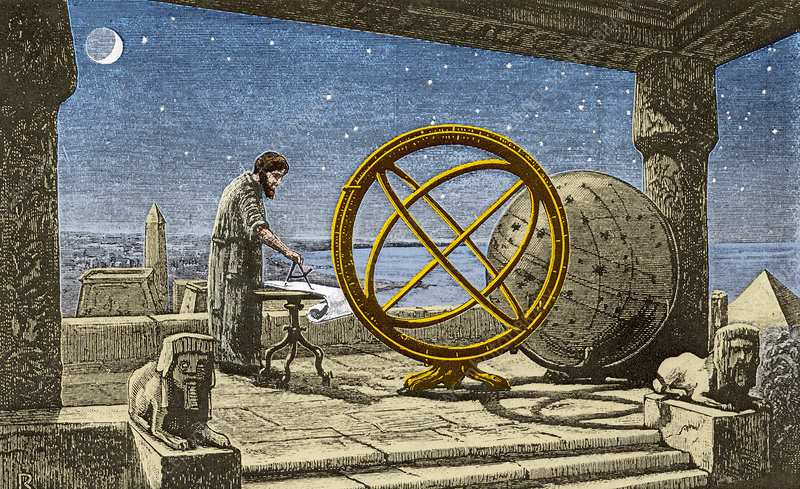
Courtesy – New York Public Library
Mathematician Hipparchus’s impact on trigonometry was profound. In his studies, he applied trigonometric principles (tables and calculations) to solve problems related to celestial bodies, their positions, and their movements. This significantly led to the advancement of both rudimentary astronomy and navigation. The legacy of Hipparchus trigonometry methods extends beyond his lifetime, laying the groundwork for later mathematical developments and playing a crucial role in shaping the scientific understanding of the cosmos.
Who Invented Trigonometry In India
While the Egyptians and the Babylonians were busy deciphering the relationship between the lengths, angles, and the celestial sphere, significant trigonometric developments were being done in India. In the 4th-5th century AD, five ‘Siddhāntas’ were written. These described the relationship of sine with the angle and the chord. Mathematician Aryabhatta expanded on these ‘Siddhāntas’ to engender ‘Aryabhatia’ around 510 AD. The tables in his work gave a detailed analysis and empirical evidence to the definitions of sine and versine, which were accurate to up to four decimal places.
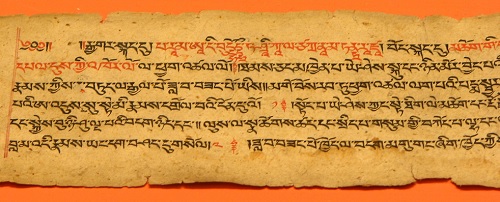
Courtesy – 3010tangents via WordPress
Due to the contribution of Aryabhatta in Trigonometry, he is generally credited as the one who invented trigonometry in India. So many books have been written about Aryabhatta, each a testament to his critical mind and his ability to correctly decode the nature of the vast universe. Aryabhatta contribution in Mathematics are numerous, and the following brief biography will justify the same.
Aryabhatta Biography
Aryabhata, the ancient Indian mathematician and astronomer, is believed to have been born in 476 CE in Pataliputra (modern-day Patna). Although only a little is known about his personal life, his scholarly contributions have left an indelible mark on the world. Aryabhatta inventions have aided in the advancement of mathematics and astronomy such as the concept of zero, a decimal place-value system, the approximation of ‘pi(π)’, the solution to Diophantine equations (ax + by = c), the sum of a series of squares & cubes, amongst more.
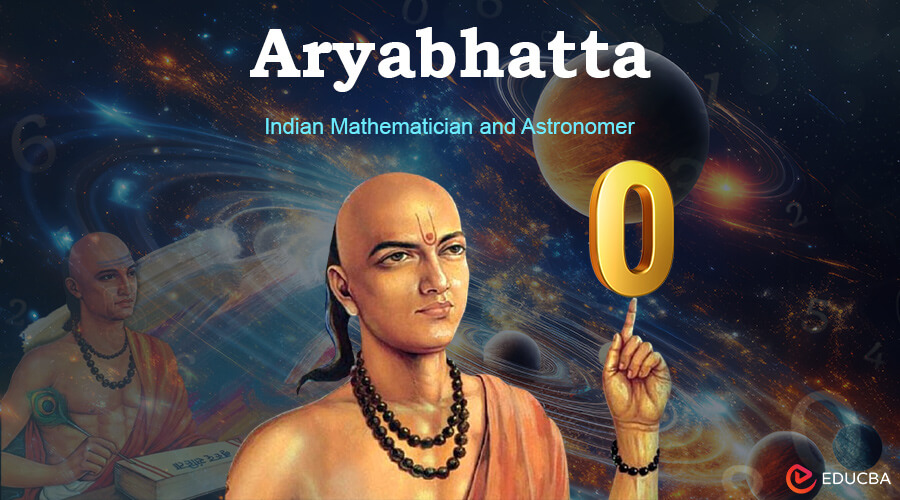
Courtesy – EDUCBA
Aryabhatta and trigonometry are synonymous, especially in India. Aryabhatta trigonometry work – ‘Aryabhatiya,’ presents trigonometric ideas and methods, including sine and versine functions, which were crucial for calculating planetary positions and eclipses. Aryabhata’s insights into trigonometry laid the foundation for subsequent mathematical developments in India and beyond. His work also involved a heliocentric model of the solar system, where he proposed that the Earth rotates on its axis, anticipating modern scientific understanding by centuries.
Image Courtesy – iStock
Geometry in Art: Origins, Artists and Contemporary Influences

